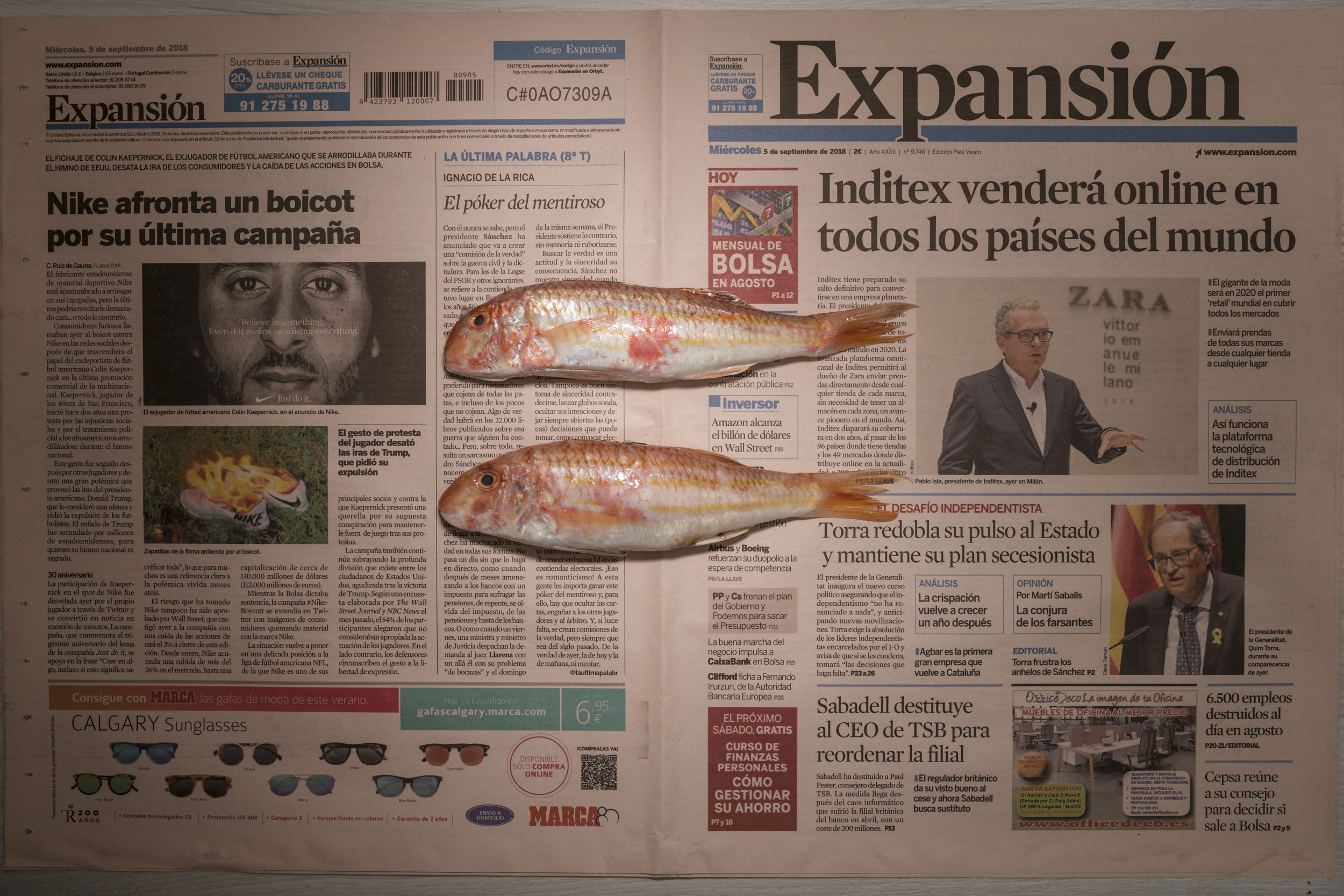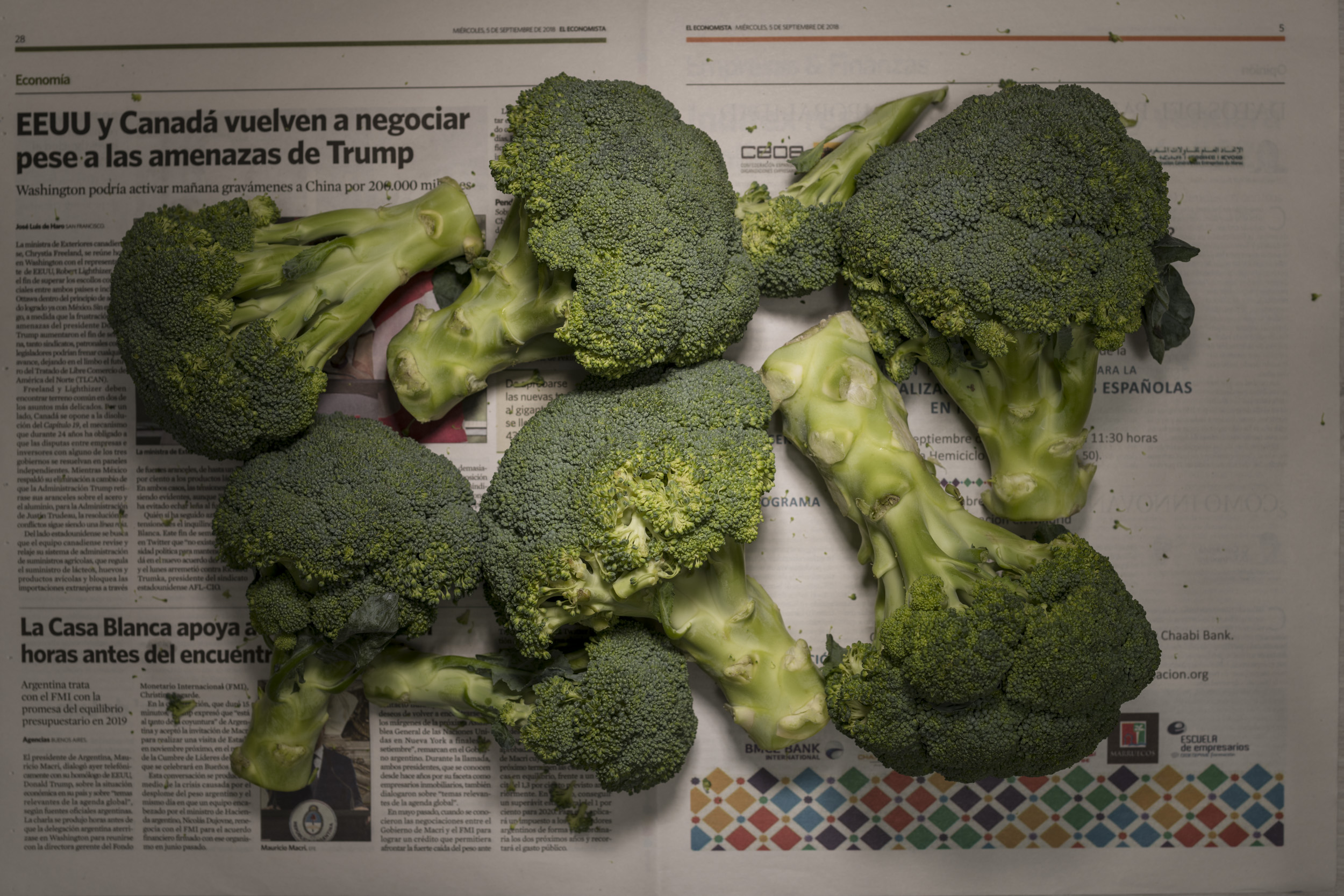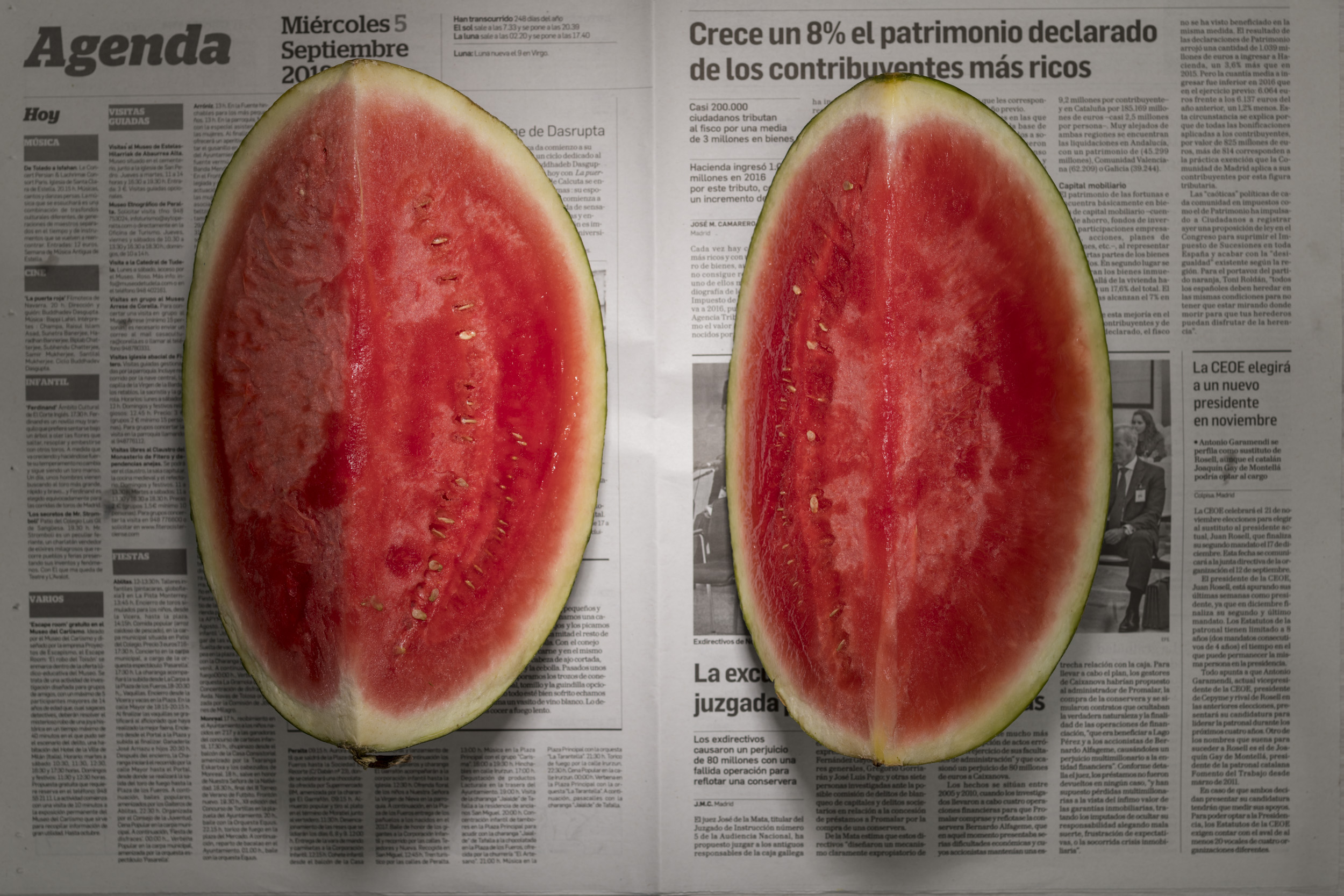Spain
Getxo | October 2018
EUR 23.35; EUR 4.74 (USD 5.47) for food.
This is based on per capita per-day basis of the monetary poverty threshold for a single person household, and lowest income quintile households’ average proportion of expenditure on food and non-alcoholic beverages (excluding restaurants).
Spain follows EU’s poverty measurement system, which set the at-risk-of-poverty threshold at 60% of the national median equivalized disposable income after social transfers. This is differentiated between size of households. In 2017, Spain’s poverty rate was 21.6%, slightly lower than 2016 (22.3%). Compared to other EU countries, amongst various household types, Spain has higher poverty rates for single person with dependent children (40.6%), two adults with three or more dependent child (43.9%).
Spain’s economy has seen stable growth and expected to achieve 2.7% in 2018, above the EU average. Unemployment rates have improved since peak of 26.1% in 2013. Overall unemployment rate was 17.2% in 2017, while youth unemployment was 38.6% in 2017. In December 2018, the government passed a 22% increase in minimum wage which would mean EUR 12,600 per year for permanent and temporary workers and domestic employees.
Note: Latest available standards and exchange rates were taken as of Sep 2018, when the photography was undertaken.
Understanding More
Eurostat - Living Conditions in Europe 2018
Instituto Nacionale de Estadistica – Household Expenditure Data
Instituto Nacionale de Estadistica – At-risk-of-poverty Rate




